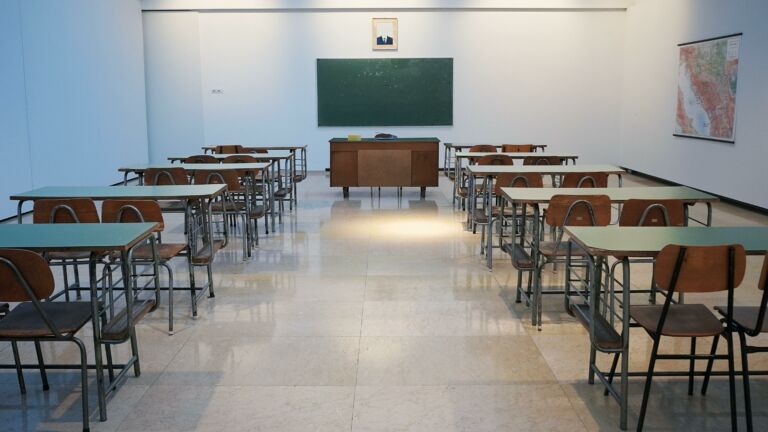A new study published in the October 2012 issue of Economics of Education Review examined the relationship between student performance and two policies meant to alleviate school crowding (multi-track year-round calendars and mobile classrooms) in Wake County. In “School crowding, year-round schooling, and mobile classroom use: Evidence from North Carolina,” the authors conclude,
Results suggest that severely crowded schools have a negative impact on reading achievement but have no discernable impact on math achievement. Both mobile classrooms and year-round calendars are found to have a small negative impact on achievement in the absence of crowding, but a positive impact in crowded schools, though these policies are only able to partially offset the negative impact of crowding.
Authors Steven C. McMullen (Calvin College) and Kathryn E. Rouse (Elon University) use National Center for Education Statistics guideline – 106% of capacity and above – as the standard for a “crowded” school. And, yes, they control for student mobility (assignment) changes and other sources of selection bias.
The class size issue is key…and puzzling. One would suspect that crowded schools would also have larger class sizes. These larger class sizes, in turn, would be the mechanism that lowers student performance. Yet, the researchers found that this was not the case.
Interestingly, in this case, the changes in class size that we observe seem to have no impact on achievement. The estimated impact of class size and student teacher ratio is consistently small (and sometimes positive) and never statistically significant. Moreover, the estimated impact of crowding stays the same regardless of how we control for class size. This means that the mechanism at work here is not one of crowding within classrooms, but instead it is crowding at the school level.
This raises a fascinating question. What is the relationship between crowding issues outside of the classroom and what happens inside of the classroom? The authors venture a few guesses but none of them are satisfactory. Furthermore, their study does not adequately explain why reading, but not math, scores were lower in crowded schools.
In the end, the study produces a lot more questions than answers. But they are questions worth asking.


